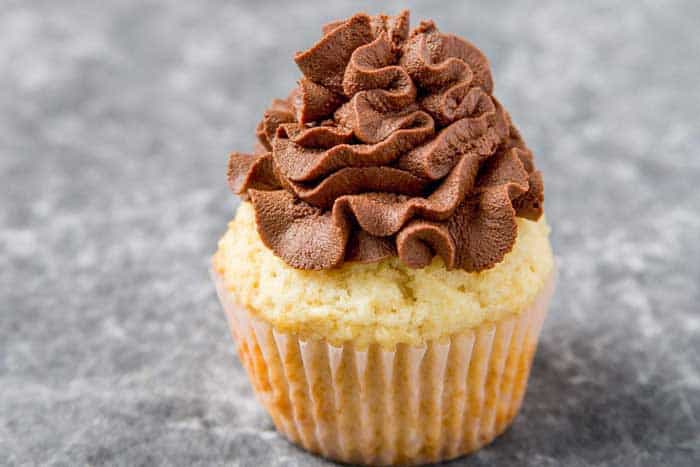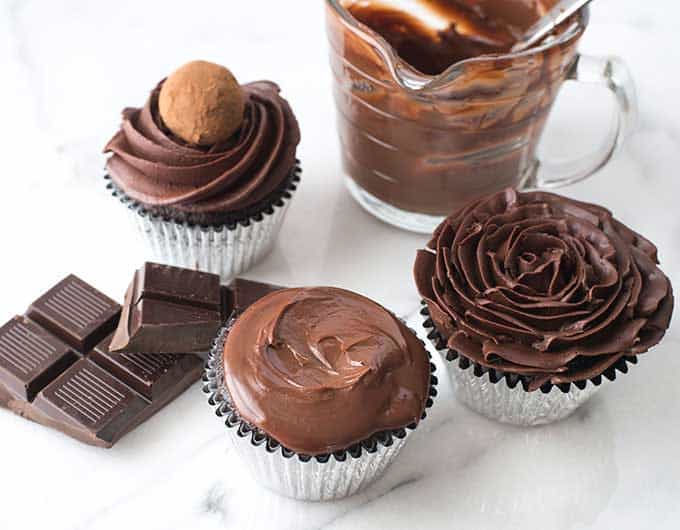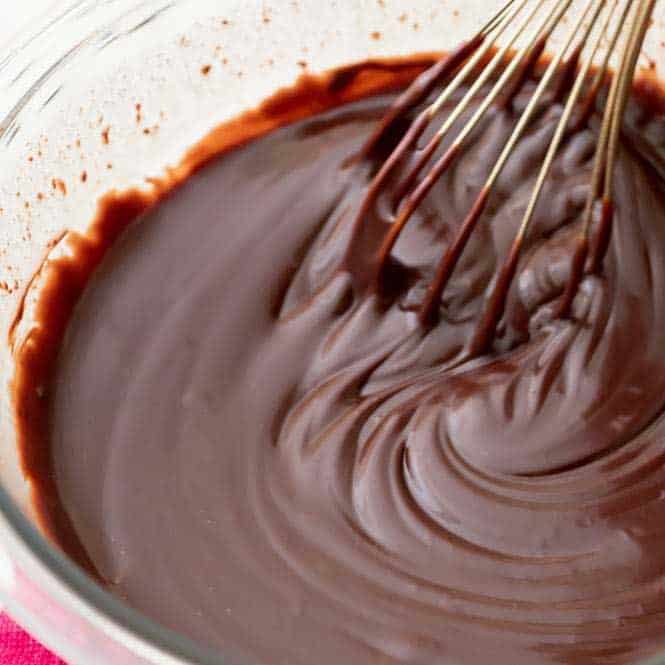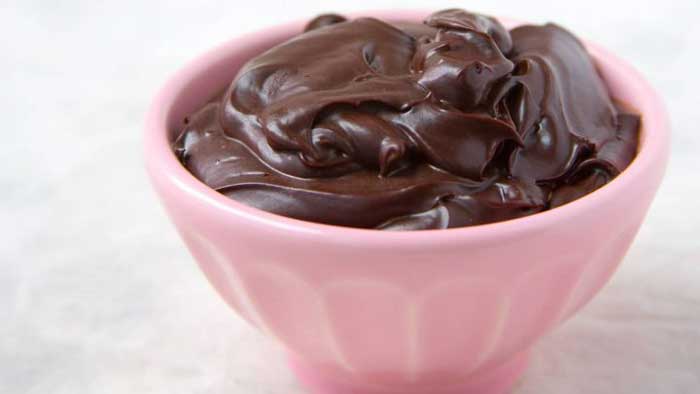If you’re a professional baker or pastry chef, then you’ve definitely experienced using different kinds of frostings, icings, and ganaches. They’re usually used as an extra layer of flavor to any pastry or other sweet baked items.
When you’re making these frostings or ganaches, you might face problems with the texture. It might not be smooth or have consistency. The worst of all the problems is when your frosting or ganache is too thin and runny.
To solve this problem, you will need to know how to thicken frosting, icing, and ganache the right way so that it stays firm on your pastries or other confectionaries.
Why You Need to Thicken Frosting, Icing, and Ganache
Here, we will talk about a common problem among them. And the problem is when frosting, icing, and ganache are too thin and runny.
You will know there is a problem with your icing or ganache when you try to pour it on your cake or when you try to smear it on a cupcake. You will be able to notice that the icing or ganache will begin to drip off the sides of the cake or pastry instead of turning into a firm layer on top.
When you are baking or decorating pastries or other sweet confectionery goods, there will be other parts you need to prepare aside from the bread part itself.
These things are mostly for decoration or adding an extra taste to plain sweet bread items. Syrups, frostings, ganaches, icings, fondants, etc. will have to be prepared on the side so that you can decorate your pastries.

During the making of the frosting or ganache, you need to make sure it is thin enough to pour or smear onto the pastries. If it is too thick, like a chewy paste, then you can’t use it.
On the other hand, your frosting and ganache must also be thick enough that it stays collected on the top of the pastries to create another layer that is both colorful and tastes different from the bread itself.
This sort of addition to pastries is very popular, and people tend to buy decorated pastries and cupcakes more than plain ones. Both the taste and representation play important roles here.
How to Thicken Frosting, Icing, and Ganache
When frosting, icing, or ganache are too thin, what would you do? Below we have talked about a few tips you can use to thicken it:

1. Measure the Ingredients Correctly
When you are making your icing, you need to be careful when you measure the ingredients before mixing it. If you know a good reliable cookbook, then you should try using that. It isn’t possible for you to remember every recipe ever and act on it with a jumbled up memory. It is likely you can make a mistake here and there.
Accidentally adding an extra tablespoon of milk or cream could be a reason the icing or ganache goes runny. It does not matter how small that accidental addition is. It will still create a big difference in the results.
That is why you should have a cookbook you can follow or a site that informs you of the correct measurements that you can use to safely make your icing with as few errors as possible.
2. Use the Right Distribution of Heat or Cold Temperatures
Pastry chefs use heat to mix their ingredients for their frosting or ganache so that it dissolves completely and leaves no powdery lumps. But after that, it needs to be taken off the heat and cooled down. Trying to use the icing right away will not work because it will not stick firmly together and rest on top of your pastry.
A good trick to help it cool quickly is by leaving it in the fridge to cool down and thicken into a more paste-like texture. After pouring the hot mixture into a bowl, stir it a while longer to make sure that it is smooth with no rough texture or lumps.
Then you can cover it with a clean film and leave it in the fridge for about half an hour, at least.

When you make the frosting out, you need to beat it a bit. You can visibly see the difference because the frosting will now be thicker and stick to each other more compared to how runny it was on the stove’s heat.
The frosting or ganache cannot encounter any more heat after this. You can directly use it on the pastries and store the leftover in the fridge.
3. Using Sugar or Cornstarch
Adding extra powdered sugar while you are mixing your icing or ganache on the stove is a good way to thicken the icing up a bit. You can do this until you realize the icing is starting to go over its limit of sweetness. If the mixture is still too thin, then you should move on to using cornstarch.
Using cornstarch might seem pretty traditional, but it is still the best way to thicken your frosting or ganache without ruining the flavors too much. This cornstarch helps the liquid in the ingredients for icing.
When you are about to use cornstarch, you need to be aware of how much you are allowed to use and how to use it. Using about one teaspoon or just half a teaspoon of cornstarch along with one or two tablespoons of milk is necessary when you whisk that cornstarch in.
After you have whisked it to perfection, you can add it to the icing mix that has already been taken off the heat and cooled down. And after you have mixed it in, let the new icing mix rest a bit.

In case you do have issues with the flavoring because the starchiness was too much, then you can try another technique to avoid this. When you are sifting your powdered sugar to add to your icing mix, you can sift the cornstarch onto that bowl of sugar.
You need to mix the powders without adding any liquid. This way, you can avoid letting any clumps of cornstarch store in any certain spots in the icing mix. Aside from cornstarch helping to thicken icing and ganache, another benefit would be that the cornstarch does not affect the coloring of the icing, frosting, or ganache.
Final Words
As a pastry chef, decorating pastries is an important task. Having thin or runny icing is never good since icing is supposed to be a little firmer and stay in place on top of the pastry or cake.
But following the above tips will help make your frosting, icing, and ganache thicken and become more like a foam rather than syrup that drips off the pastry.
So, let us know how helpful our guide was in learning how to thicken frosting, icing, and ganache.

